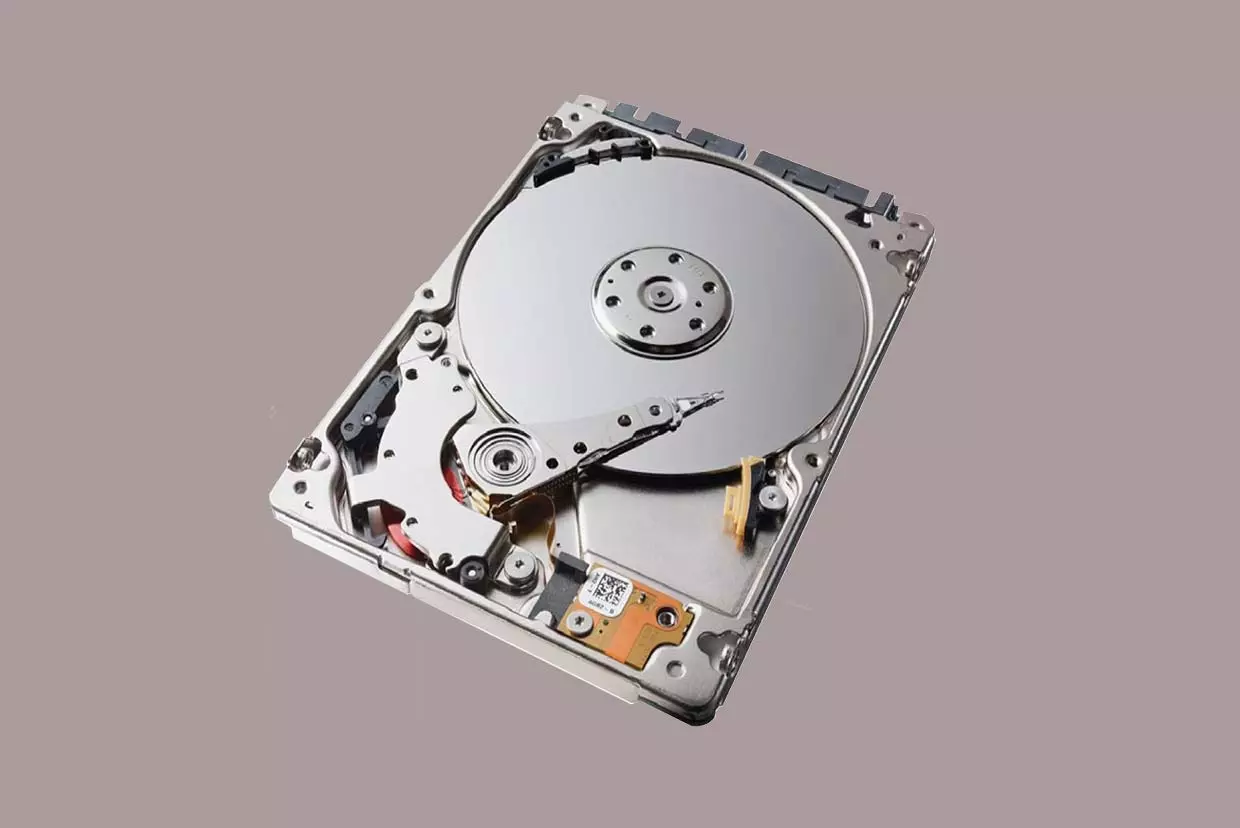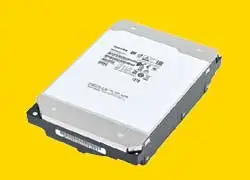S.M.A.R.T. Technology - What is this and how does it work?
S.M.A.R.T. technology (Self-Monitoring, Analysis, and Reporting Technology) is a system embedded in hard drives (HDs) and solid-state drives (SSDs) which aims to monitor, analyze and report information related to the health status and performance of the storage device and help in the early detection of possible failures.
Basic Principles:
- Constant Monitoring: A tecnologia SMART foi desenvolvida para fornecer informações sobre a condição do disco rígido ao longo do tempo. Ela monitora uma série de parâmetros que podem indicar sinais precoces de falha iminente.
- Self-diagnosis: Os dispositivos equipados com S.M.A.R.T. podem realizar autotestes regulares, verificando diversos aspectos do disco, como temperatura, contagem de setores defeituosos, velocidade de rotação, ciclos de inicialização, entre outros.
Operation:
- Monitored Parameters: SMART monitors several attributes, each representing a specific aspect of disk health. These attributes include the number of bad sectors detected, the spin-up time (time required for the disk to reach its operational speed), the number of read/write errors, the operating temperature, among others.
- Predictive Attributes: Some of these attributes have a predictive function, meaning they can indicate the likelihood of an imminent failure. For example, if the number of bad sectors increases rapidly or if the operating temperature is constantly above normal, this may indicate a higher risk of failure.
- Alerts and Notifications: When SMART detects that one of the monitored attributes reaches a critical threshold or exhibits abnormal variations, it can generate alerts or notifications to inform the user or the operating system about potential problems.
Benefits and Limitations:
- Data Loss Prevention: SMART technology can help prevent data loss by allowing users to make backups or take corrective action before a disk failure occurs.
- Accuracy Limitations: Although it is a valuable tool, SMART is not foolproof. Some problems may arise without being detected by the monitored parameters, and in some cases, alerts may be false positives, indicating problems that do not exist.
- Proper Interpretation: Interpreting SMART data often requires technical knowledge, as values can vary between different disk manufacturers and models. Furthermore, not all attributes are standardized, and some may not be as significant in predicting failures.
Some of the main parameters monitored by SMART:
- Reallocated Sector Count: Indicates the number of sectors that were reallocated due to errors. Increasing values may indicate disk degradation.
- Read Error Rate: Monitors the frequency of errors when reading data from disk.
- Remaining Life Span: Calculates an estimate of the remaining disk life based on component degradation.
- Power Cycle Count: Records the number of times the disk has been turned on and off. A high number may indicate wear.
- Temperature Monitors the internal temperature of the disk. Extremely high values may indicate cooling or overheating problems.
- Uncorrectable Error Rate: Indicates the frequency of errors that could not be corrected by the disk's error correction system.
- Spin-Up Time: Records the time required for the disk to reach operating speed after powering on. Significant changes may indicate mechanical problems.
- Power-On Hours: Shows the total operating time of the disk since its first boot.

Example of parameters monitored by S.M.A.R.T.
Each hard drive manufacturer can have a specific list of monitored parameters and slightly different interpretations of this data, but these are commonly found on most modern hard drives.
There are several software programs for monitoring SMART parameters that will inform the status of the disk, showing when any parameter leaves the range considered "normal". An example of such software is CrystalDiskInfo. Using SMART monitoring software becomes a valuable tool for monitoring the health and performance of hard drives and SSDs, as they provide information that can help prevent failures and protect stored data.







